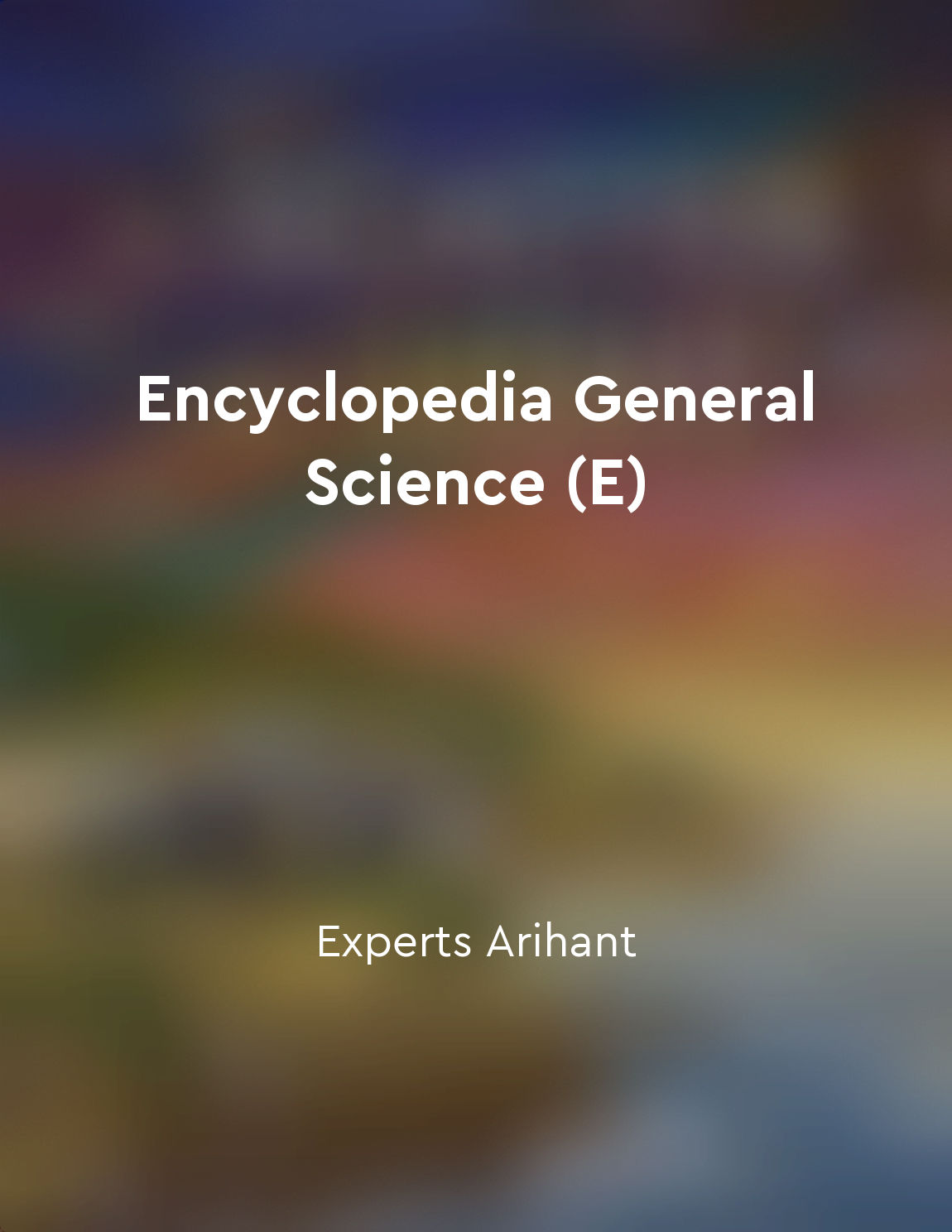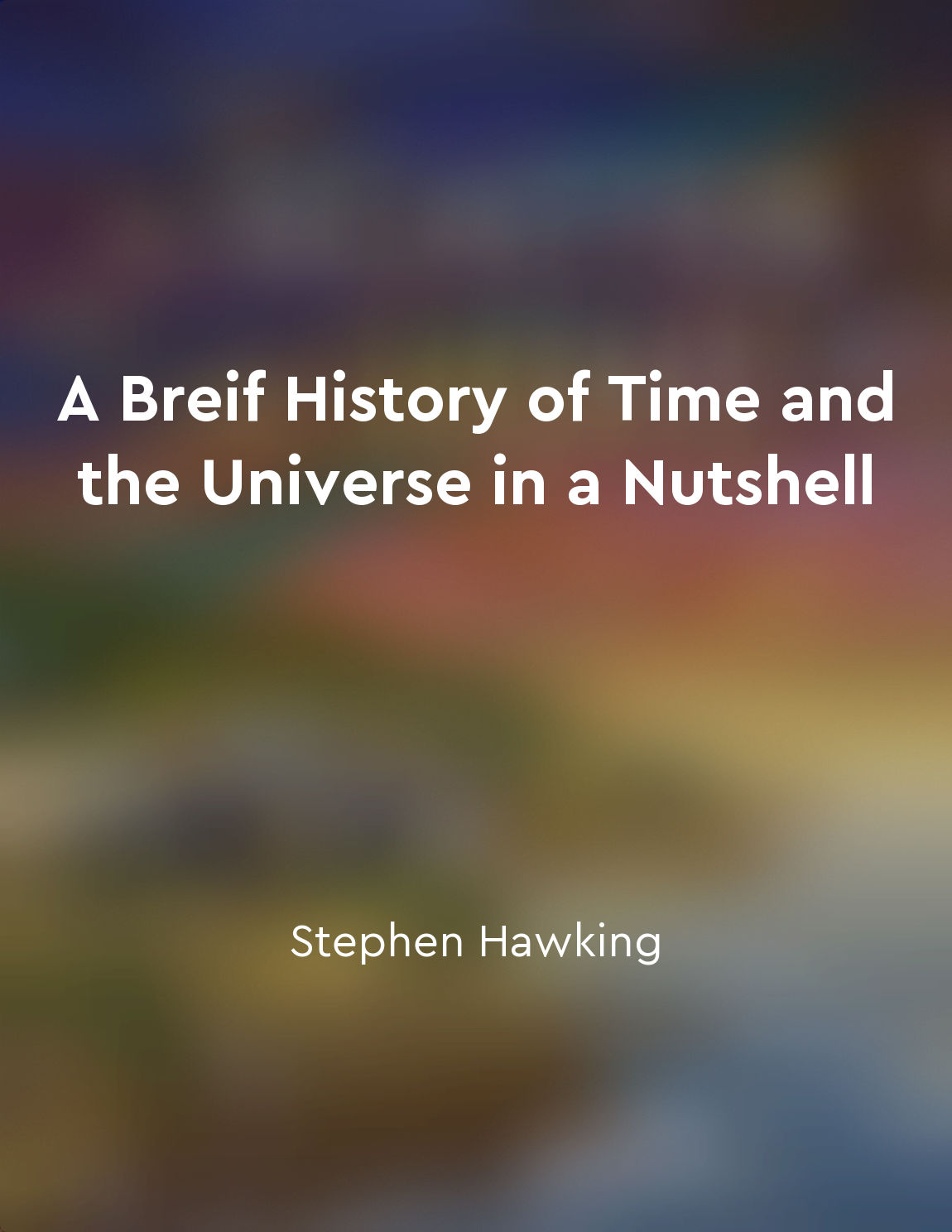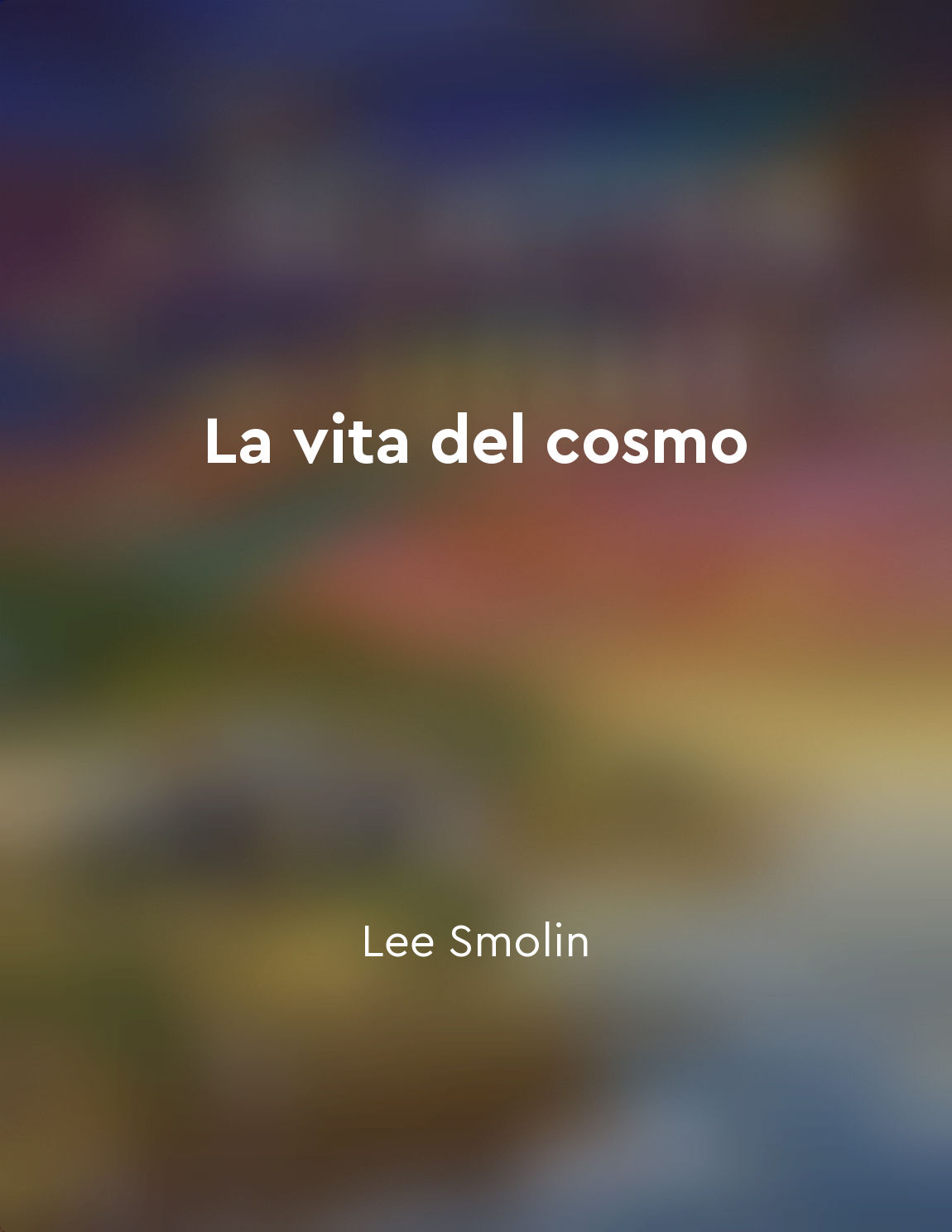The cosmic microwave background reveals the early universe from "summary" of La vita del cosmo by Lee Smolin
The cosmic microwave background is a faint glow of radiation that fills the universe, coming from all directions. This radiation provides us with crucial information about the early universe, as it dates back to just a few hundred thousand years after the Big Bang. The cosmic microwave background was first discovered in 1965 by Arno Penzias and Robert Wilson, who were working with a radio telescope. They found that no matter where they pointed their telescope, they detected a uniform background radiation. This radiation was not associated with any known source and was the same in all directions. The cosmic microwave background radiation is crucial because it reveals the conditions of the universe when it was only a few hundred thousand years old. At that time, the universe was a hot, dense place filled with a plasma of particles and radiation. As the universe expanded and cooled, this plasma began to condense into atoms, allowing light to travel freely through space. The cosmic microwave background radiation is the afterglow of this early universe, frozen in time and space. By studying this radiation, scientists can learn about the composition, structure, and evolution of the universe in its earliest stages. This radiation contains small fluctuations or ripples that provide clues about the seeds of cosmic structure, such as galaxies and galaxy clusters.- The cosmic microwave background radiation is a powerful tool for cosmologists, allowing them to peer back in time and learn about the universe's infancy. Through analyzing this radiation, scientists can test theories about the origin and evolution of the cosmos, shedding light on some of the most profound questions about our existence.
Similar Posts
Space debris poses a risk to spacecraft
Space debris, also known as space junk, is a growing concern for spacecraft operating in Earth's orbit. This debris consists of...

Genetics is the study of inherited traits
Genetics, a branch of biology, deals with the study of inherited traits in living organisms. It involves the examination of gen...
Liberation
Liberation is not just about freedom from oppression; it also involves the creation of spaces where people can truly be themsel...
Reflecting on the nature of scientific discovery
The process of scientific discovery is a complex and intriguing journey that often involves a combination of intuition, creativ...
Science is not infallible, but it is selfcorrecting
In our quest for understanding the universe, we must acknowledge that science is not without its flaws. It is a human endeavor,...
Our capacity for innovation and creativity will be put to the test as we expand into space
As we venture out into the cosmos, our ability to think creatively and inventively will face a monumental challenge. The vast e...

Time is not absolute
In our everyday experience, time seems to flow smoothly from past to present to future, ticking away consistently. However, acc...
Gratitude is the key to happiness
Gratitude is a concept that holds immense power in shaping our perception of the world and our overall sense of happiness. When...
The universe is vast and unending, a place of infinite possibility and wonder
The vastness of the universe is a concept that is difficult for the human mind to truly comprehend. It stretches out in all dir...

Ancient civilizations observed the Milky Way in the night sky
Ancient civilizations gazed up at the night sky and beheld the Milky Way in all its glory. The dazzling band of light stretchin...


